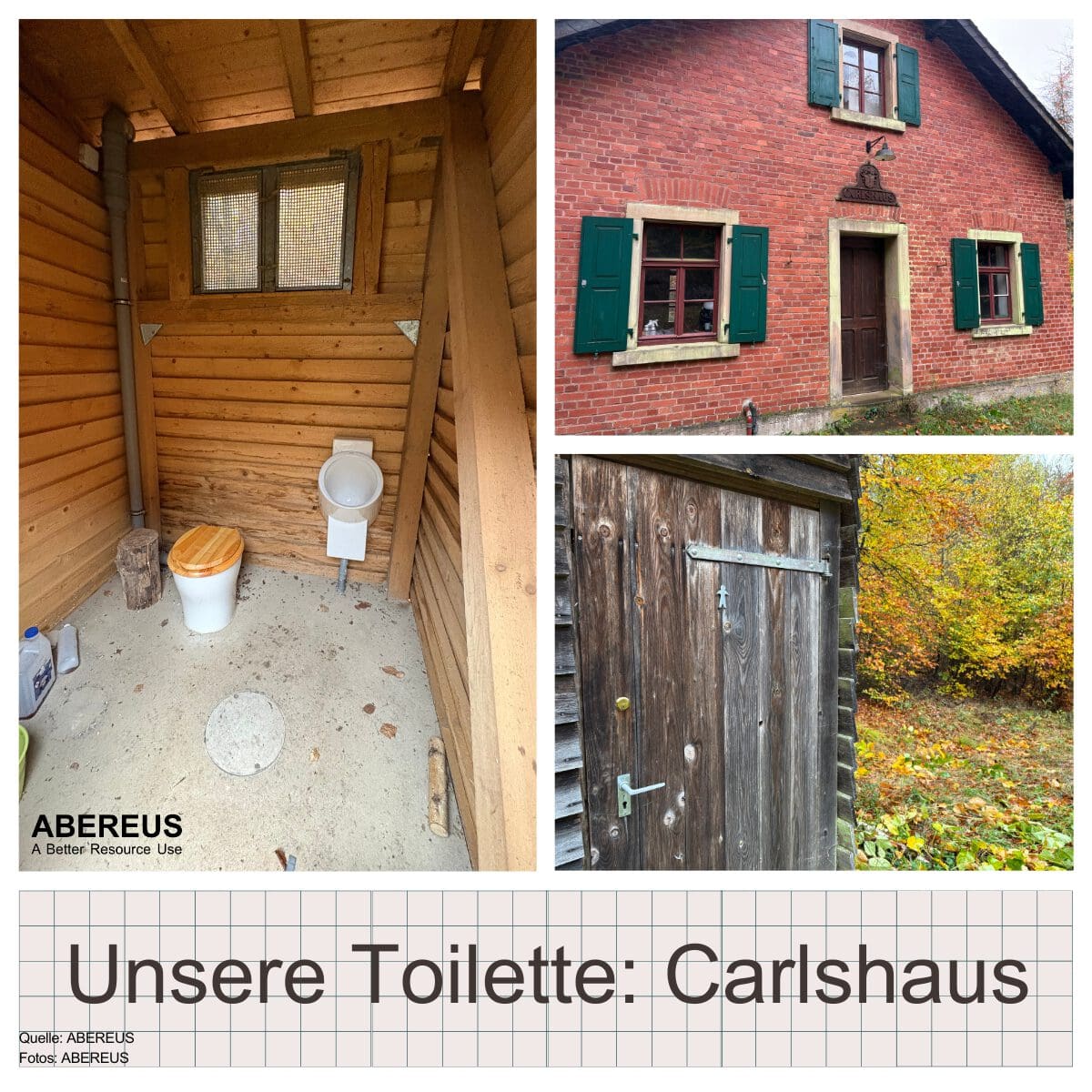Wastewater treatment plants (Part 2)

Date
We already talked about wastewater treatment plants and their three stages to clean our wastewater. Due to better ways of analyzing the water, scientists found that the “cleaned” water still contains several critical elements. Around 95% of the dirt is being taken care of but those last percentages are the ones which are readily soluble in water and poorly biodegradable.
Those trace substances are diluted in the wastewater and are measured in micrograms per liter. Households, industries, or agriculture are all polluter at the same time. Some of these elements come from medicines or drugstore articles, some are biocides or pesticides. Microplastics from cleaning agents or daily used articles are also included.
To handle this issue the wastewater treatment plants are upgrading their systems. The 4th and/or 5th stages are introduced. Some say that it is one stage to clean both, microplastics and trace substances. Others would divide it into different stages. Nevertheless, these upgrades are tested and already added to the plants around the world.
The two main technologies are ozonation and activated carbon adsorption. The ozonation process degrades the trace substances largely by introducing the strong oxidant ozone into the pre-treated wastewater. On the other hand, the activated carbon binds the trace elements. The carbon can either be added to the wastewater as powder or as granules.
Both technologies have their different benefits. Both will increase the costs of wastewater treatment as well as the demand on energy, operating resources, and lead to higher volumes of generated waste. They will also have additional effects on the environment. Therefore, the best option must be individually designed within the whole concept of the region.
For more clean water, don’t spend too much and join us for a better resource use!
Source: https://www.stmuv.bayern.de/themen/wasserwirtschaft/abwasser/spurenstoffe.htm



